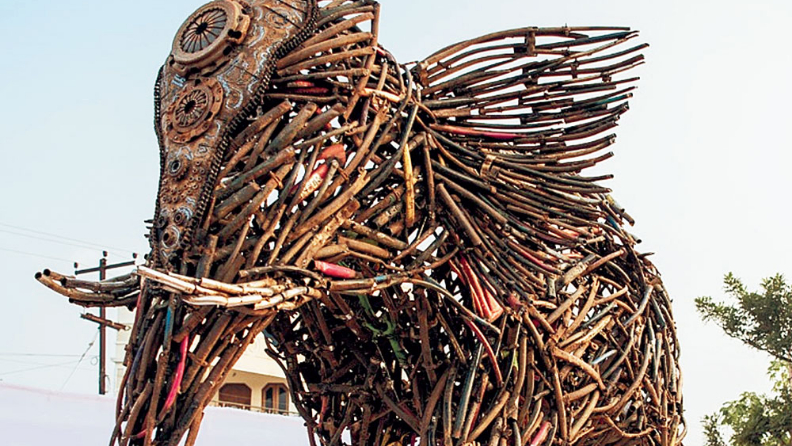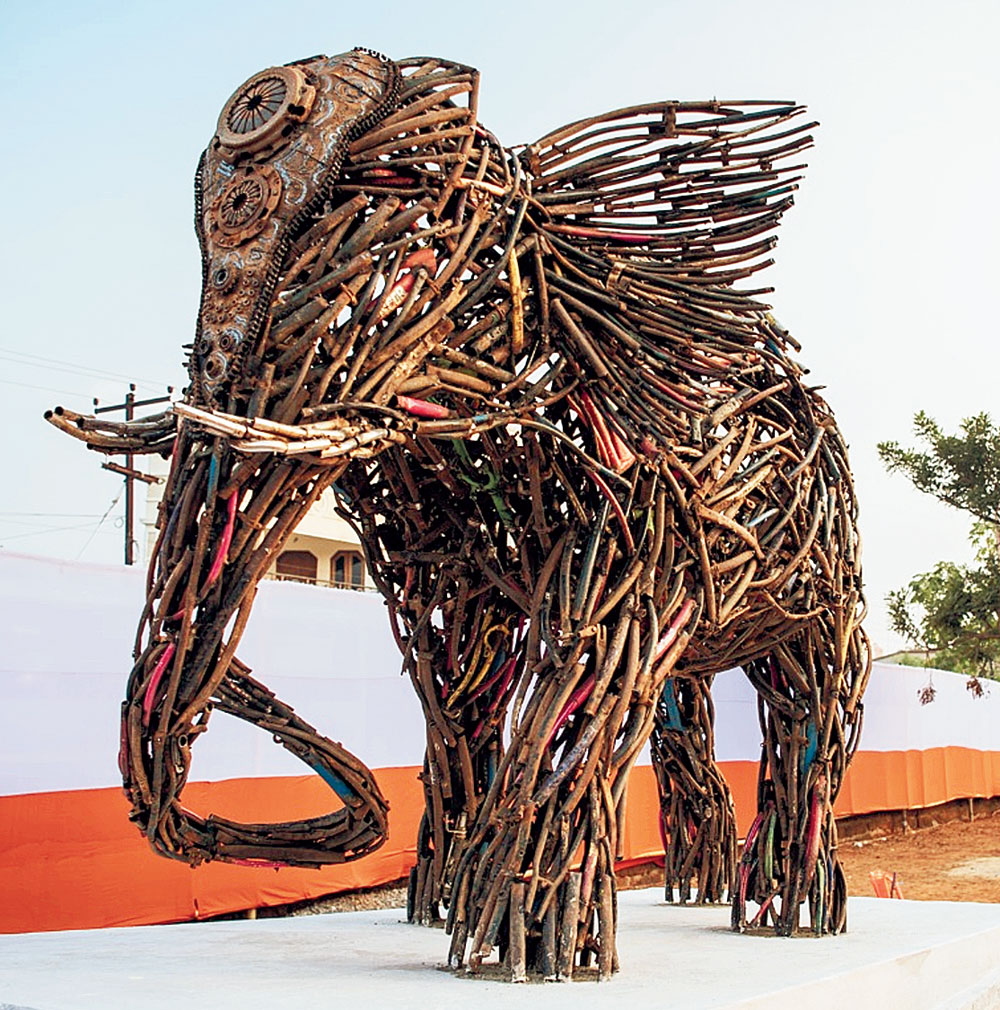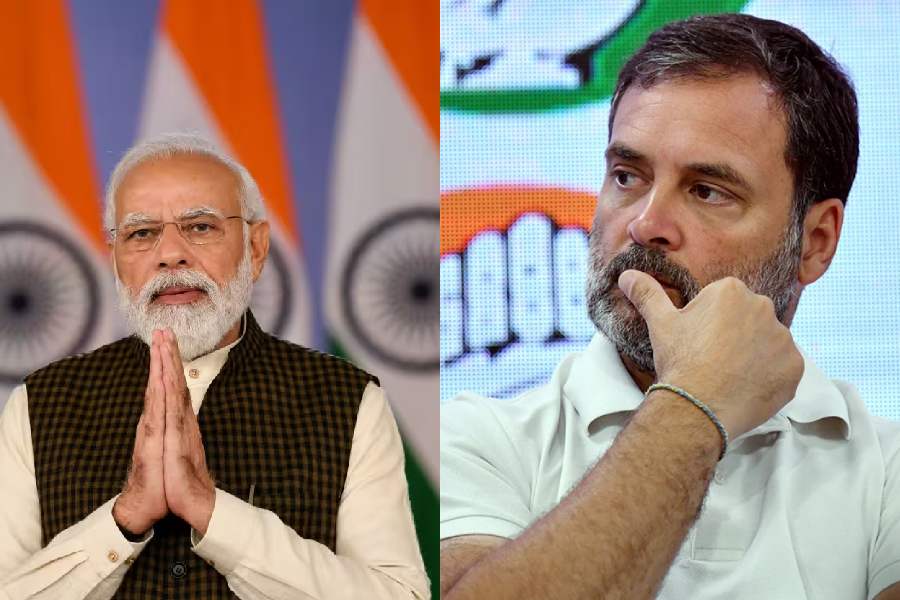When can art claim to be truly public? Does the path to Swachh Bharat — a favourite refrain of the prime minister — lie through Bhubaneswar? These two questions would appear to be unrelated on a cursory examination. Yet, there is an indisputable link. It has taken the ingenuity of an upcoming institution in Odisha — the Bhubaneswar Open Air Museum of Waste-to-Art — to open the public eye to this vital, but somewhat fuzzy, connection.
The importance of the association cannot be overemphasized. Art and its practitioners, unfortunately, are often relegated to the margins of the collective consciousness. Elitism, the vagaries of the art market that render some kinds of art exclusive, the paucity of galleries or, for that matter, alternative spaces to widen the access of artworks to the people — is not that the foundational idea behind the creation of a work of art? — have been instrumental in strengthening a perception that art, irrespective of quality, belongs to the exotic realm. One possible way for art to stake a claim of being representative would be to appear useful, even utilitarian. The Waste-to-Art museum seems to be working in this very direction. It houses nearly 30 installations that have been created by artists from India and abroad from scrap metal. There can be twin benefits from such a project. The institution is offering a designated space for creators to not only experiment with and ultimately dismantle established ideas concerning the crude and the aesthetic but it also has the potential of introducing a new line of thought on the gargantuan problem of waste and its management in India. The latter function, especially, could alter the way people and politicians think of the value of artistic projects and the imagination that leads to their conception.
India’s waste burden is unenviable. It has been estimated that the nation generates 62 million tonnes of waste every year, the annual growth rate of which is 4 per cent. The pressure exerted by unchecked population growth and the furious pace of urbanization have contributed to the scale of the problem. What has compounded matters further is the lethal combination of administrative myopia and a rickety civic structure when it comes to the collection and treatment of waste matter. Research indicates that only 43 million tonnes of the total waste is collected; 11.9 MT is treated and 31 MT disposed of in landfills that often imperil human scavengers.
That art can play a role in the recycling of waste needs to be disseminated. Museums, as Bhubaneswar has shown, can be pivotal in fostering this kind of public sensitization. The prejudices associated with waste force cultures to distant themselves from it: the occupant of a vehicle inevitably litters the road, not the car. The key to battling waste could be to reinforce the symbiotic relationship among citizens, litter and public space. Creating pretty figurines out of waste could be a beginning.












